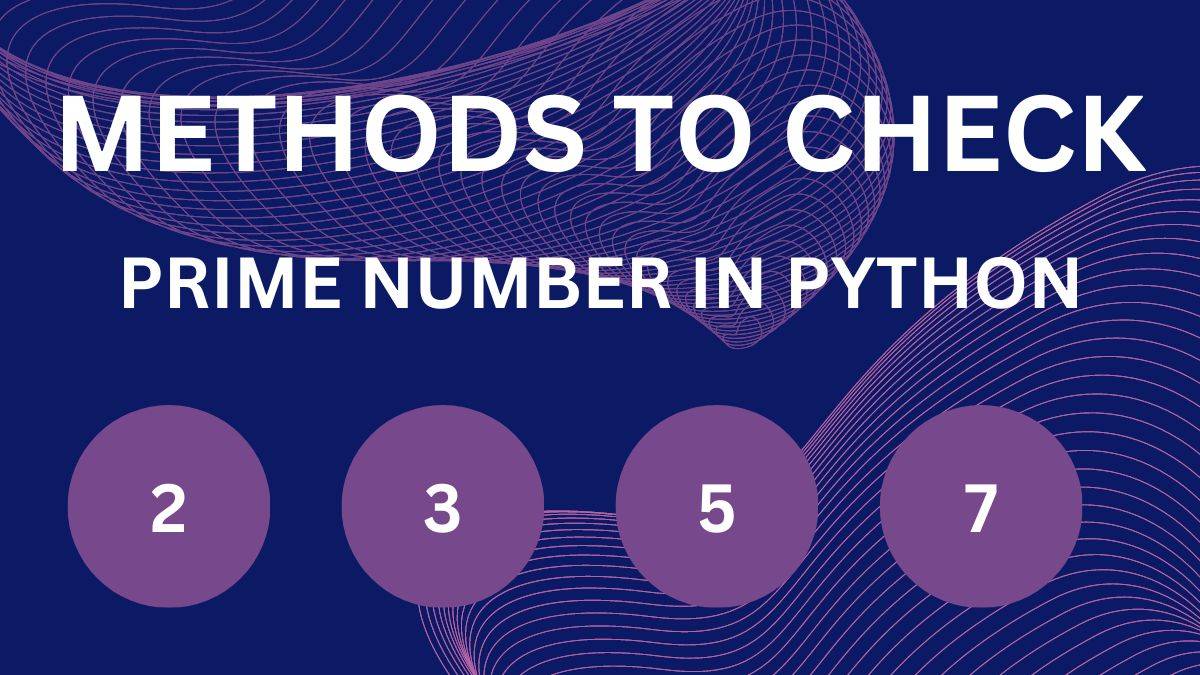In programming and mathematics, prime numbers are a foundational concept. A prime number is a natural number greater than 1 that has no positive divisors other than 1 and itself. In simpler terms, it cannot be formed by multiplying two smaller natural numbers. For instance, 2, 3, 5, 7, and 11 are all prime numbers. Checking if a number is prime is a common task in many algorithms and coding interviews. In this blog post, we’ll explore how to write a Python program that checks whether a number is prime.
To determine if a number is prime, we must check if it has any divisors other than 1 and itself. The brute-force method is to test all numbers from 2 to n-1. However, this is inefficient. A better approach is to test divisibility up to the square root of the number because if n = a * b, then one of the factors must be less than or equal to the square root of n. This optimization reduces the number of iterations and makes the program faster.
Let’s write a function in Python that checks whether a given number is prime. This function will take an integer as input and return True if it is a prime number, otherwise False. The steps are simple. First, we eliminate numbers less than or equal to 1 since they are not prime. Then we check for any divisors between 2 and the square root of the number. If we find a divisor, the number is not prime.
Here’s the Python code to do this:
def is_prime(n):
if n <= 1:
return False
for i in range(2, int(n ** 0.5) + 1):
if n % i == 0:
return False
return True
# Example usage
number = int(input("Enter a number: "))
if is_prime(number):
print(f"{number} is a prime number.")
else:
print(f"{number} is not a prime number.")
Let’s break this down. The function is_prime(n) first checks if n is less than or equal to 1. If so, it immediately returns False. Then, it uses a for loop to iterate through numbers from 2 to the integer value of the square root of n plus one. Inside the loop, we use the modulo operator (%) to check if n is divisible by any of these numbers. If it is, the function returns False. If the loop completes without finding a divisor, then the number is prime and we return True.
This method is efficient enough for most use cases and much faster than the brute-force approach. It’s a great example of how mathematical insight can optimize algorithms. You can use this function in various applications such as filtering prime numbers in a list, solving number theory problems, or building cryptographic tools.
To summarize, checking if a number is prime in Python involves understanding both the mathematical definition and how to implement it efficiently. By testing divisibility only up to the square root, we significantly reduce the number of operations. This small optimization is a great example of writing clean, effective code in Python for real-world applications.
